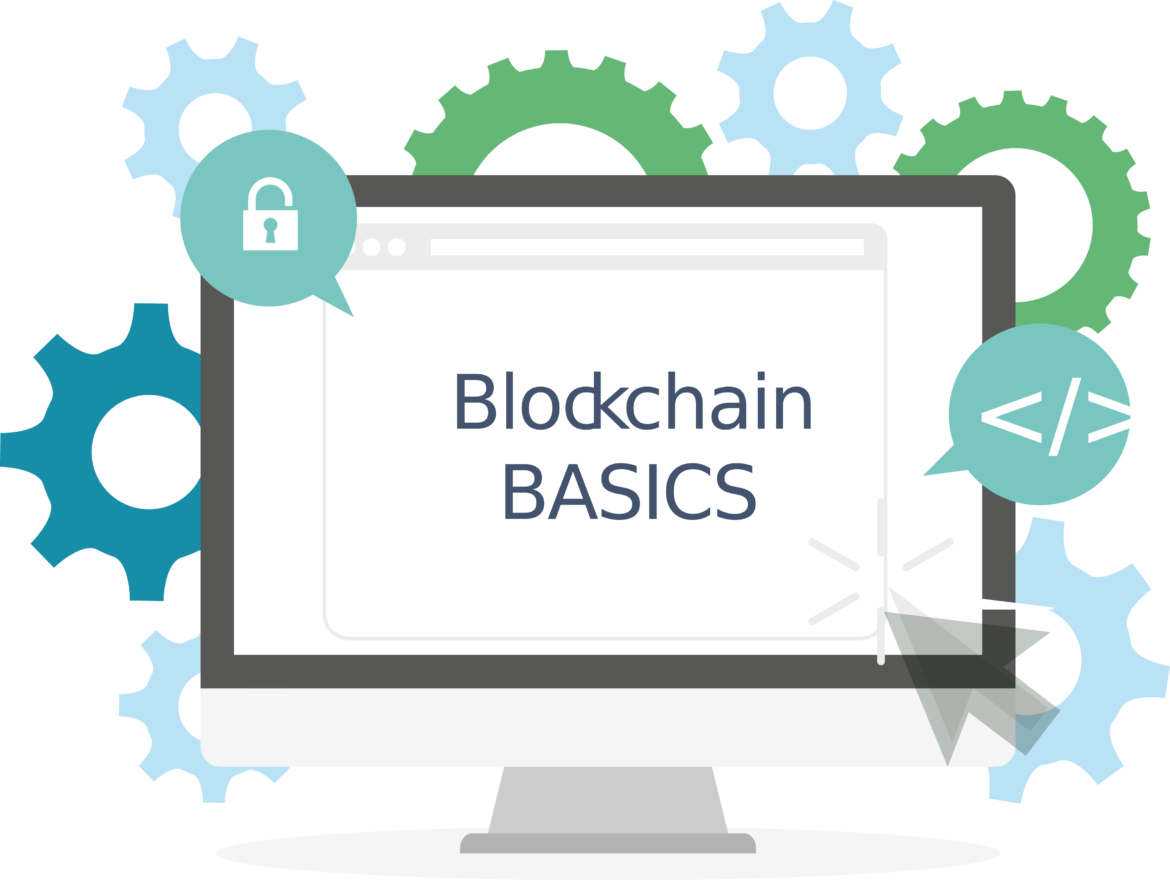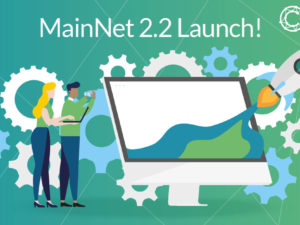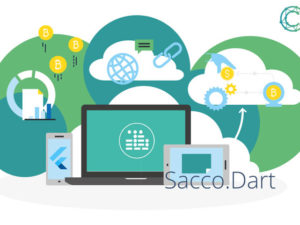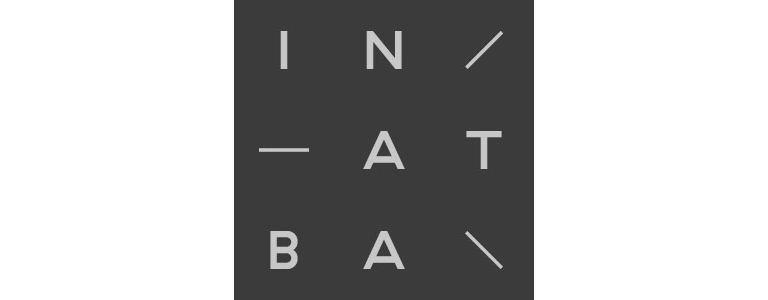
Blockchain Product Design = Design Thinking + Lean Startup + Agile
Blockchain Product Design is a method that combines three known and respected approaches to addressing each of these stages:
Design Thinking: empathize with users, define and ideate
Lean Startup: turn ideas into business models and test if a market exists
Agile: build and deliver product incrementally and faster through Agile processes.
Design Thinking (Problem/Solution fit)
Design Thinking is an interattive process in which we seek to understand the user’s problem, question assumptions, and redefine problems in order to create new Blockchain-based strategies and solutions. Unlike “Brainstorming”, Design Thinking promotes “Painstorming” to fully understand the user’s “pain” or problem.
The steps of Design Thinking are as follows:
Empathize with users.
Define users’ needs, their problems.
Ideate by questioning assumptions and creating innovative hypotheses.
Develop a Blockchain Proof of Concept (POC) of these solutions.
Design Thinking is a user-centered approach to innovation to integrate the needs of people, the possibilities of technology, and the requirements for business success.
Lean Startup (Product/Market fit)
Lean Startup is a methodology for business and product development that aims to shorten product development cycles and quickly discover whether a proposed business model is viable. This is achieved by adopting a combination of business hypothesis-driven experimentation, iterative product releases, and validated learning.
The steps of Lean Startup are as follows:
Create a business model based on the Blockchain problem and solution.
Test the solution and get feedback from customers.
Move interactively from a POC to the Blockchain. Minimum Viable Product by listening to customer feedback.
Understand if there is a market for this Blockchain Minimum Viable Product by finding paying customers/users.
Globally, 90% of startups fail (Forbes) and the main reason is market failure: “They make products no one wants”(Fortune). The Lean Startup methodology originated in Silicon Valley in the 1990s, but the use of the word “lean” has its roots in Toyota’s lean manufacturing system. Toyota’s lean manufacturing system was used to build things efficiently, but it doesn’t say what should be built.
Using the words of Eric Ries:
“Lean Startup provides a scientific approach to creating and managing startups and getting the desired product into the hands of customers faster. It is a principled approach to new product development.”
Agile (scale)
Agile is a scalable way of working, based on iterative development, incremental delivery and continuous re-evaluation of a product. Primarily used in software development, it is based on a clear idea of the product concept and its market. Unlike the idea of focusing on a set of features to be developed, Agile focuses on high-value features first.
Agile is about producing tangible, working results after each iteration. According to the twelve principles of the Agile Manifesto, “Working software is the primary measure of progress.”





